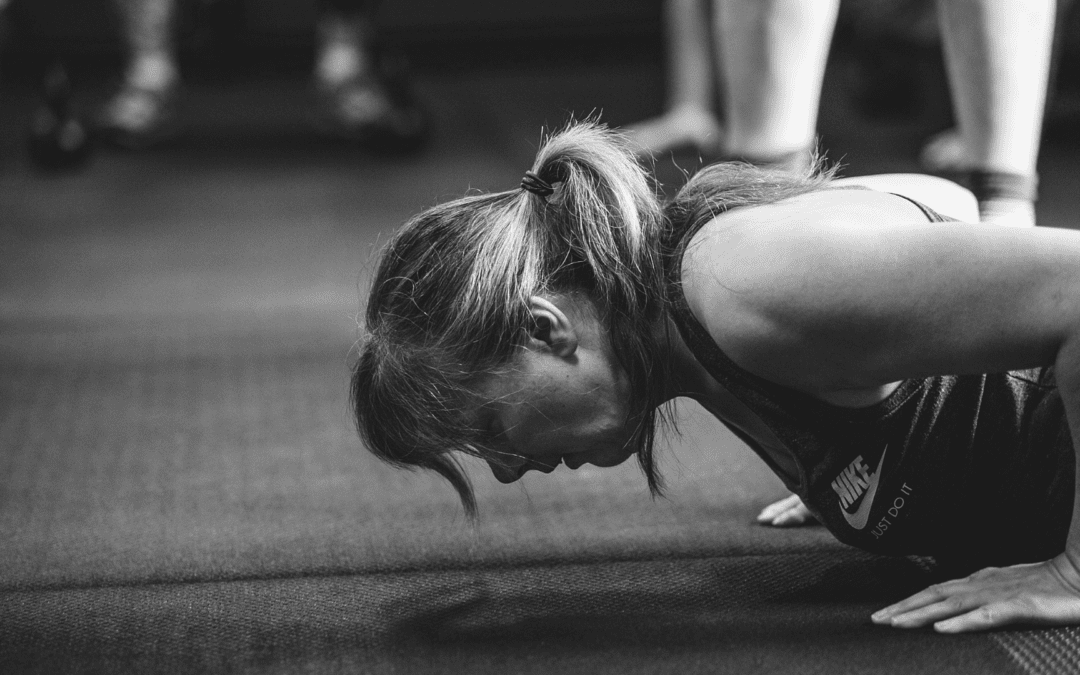The most celebrated writers of all time haven’t earned their distinctions by telling you precisely what happens line by line, but by what they did not write. Often times, the best stories are the ones that tell you just enough but leave the rest up to your imagination and creativity…crafting a narrative in your head that compliments what the author’s narrative is, as well.
When it comes to storytelling, it’s mostly in your head – between the lines. When it comes to actually living in reality, it’s essentially the same.
The lines that you read, written with words that spell out the narrative you already know, are equal to your comfort zone. Making it to the next line, crafting the story that you visualize, is outside of your comfort zone.
Life happens outside of that comfort zone, but between the lines. The first is the overused platitude you’ve heard a million times; the latter equals the epiphany that you are, indeed, in control of your own narrative. Can they co-exist?
Yes.
From a granular perspective, the “life happens outside the comfort zone” is by far too generalized, perhaps even too hyperbolized. To shed some light on the individual zones, let’s break them down.
Here’s what we know and how we’ve been conditioned:
The comfort zone equals our safe area. We are evolutionarily programmed to seek refuge in perceived safety. What’s the sense in venturing out, if the catch comes to us. Why should we exert energy to hunt for it or put ourselves in danger to do so? It doesn’t make any sense. Not consciously and certainly not evolutionary. Breeding cattle within a fence, marked with a cowbell, and conditioned to listening to a whistle to get them from the pasture to the stable…and subsequently, the butcher shop, requires minimum efforts. What a brilliant solution to the otherwise incurring famine!
Outside of the comfort zone is commonly visualized with crazy stunts. To a degree, we can thank extreme sports for that. Cliff Diving, UFC, car racing, wing-suit flying, petting wild lions on YouTube or swimming with sharks on the Discovery Channel. The depiction of being outside the comfort zone has been coined to being in the “wild zone”. The zone in which you wrestle your mind into a spiral of completely unfathomable narratives, in which you are consciously aware that ‘this would never happen’; or the zone in which you experience the worst of it all.
Most of us, placed in wild-zone situations, would be faced with a decision to fight, flee, or freeze – and let’s face it, most of us would freeze. Whereas freezing is caused by our anxieties, discomfort, or fear, and we freeze in light of experiencing the extremely unknown.
Most importantly, though, there is a third zone. The zone that gets very little attention, because it’s not a sexy topic, nor is it dangerous, dare-devilish, or worthy of bragging rights.
It is the stretch zone. The zone in which you depart from what you know, from the line you can clearly read, and you leap just to the next accomplishable marker. Some may say that this is playing it safe, and there’s not enough progress in such a movement. Then again, upon second thought, such progress is the progress that will have you coming back for more because you have lived the relevancy of your accomplishable narrative.
What you’ve written between the lines is not some incomprehensible fable, but a story of relevant and realized opportunities and growth; courtesy of vision, persistence, and discipline.
The path to safely grow is not inside the wild zone, it certainly is not within the comfort zone, but it is predictably found in the stretch zone.
Iterative improvements, executed after mental and physical preparation, are a certain path to success. We are on our bellies before we crawl on our knees before we hold on to the chair to barely wobble on our feet, before we take the first step, before we walk, run,…leap. In between, we encountered too many setbacks to account for them adequately, but we kept going. The narrative we told ourselves did not matter, as the goal to make from the known, the line we’ve already written, was stronger than the conviction that we’re just safe when lying on our bellies.
The big question becomes: How do I do this? The stretch zone depends on two factors.
- Self-coaching
- Engaging with others
Self-coaching is written between the lines. What is the worst that can happen? The consequences of going into the “wild zone” are by far graver than working in the stretch zone.
What is holding me back? Usually, our resistance to going into the “wild zone” is what is holding us back. Consequently, accepting the incrementally unknown of the stretch zone features no “holding back” but shows a path to progress that does not bear unfathomable consequences.
How can it become a better experience for me? Internalize or share your experience with others. Our abilities noticeably increase when we have the 11th man in our corner when the adrenaline rises with the voices that encourage us from the sidelines. The tribe that surrounds us is equal to the perceived safety found in the comfort zone while playing in the stretch zone.
The baby to running example has been used for eons. Which does not make it any less true, but serves as a functional example that you once followed your genetically programmed path to evolve from a dependent toddler into an independent adult. In between, you’ve left the known line a million times, it usually does not occur to us as such, since the step forward is not perceived as monumental – oftentimes the improvement is so small that it does not even register – nonetheless, it is an improvement.
The objection that this is thinking too small is certainly valid. Yet, would it make sense to think forward, (be the turtle), and arrive at the goal with one step at a time, learning to walk before running? Yes. It makes all the sense in the world, and up until social media land, which conveys portraits of extraordinary feats which we compare ourselves to, we did operate in iterative, single steps.
So, next time you pick up that barbell or try to run that half-mile, know the line where you stand at this point in time, and then focus on the next line, and the next line only. The story that you tell yourself becomes shorter, more manageable, reasonable, and realistic – and it is well within your stretch zone.
So, read between the lines, live between the lines, and stretch yourself into the fun-zone, not out of the hyperbolized comfort zone.

